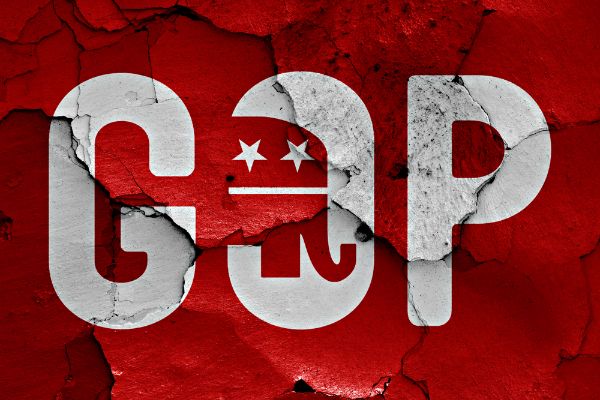The current economic position of the United States is not very strong. Inflation was approximately 8.5% in April, and the overall economy decreased at a 1.4% annual rate during Q1. It takes two quarters of a slowing economy to signal a recession officially, but there are already visible warning signals.
The economic recession is over, but this does not mean we have escaped the possibility of deflation. As a result of slow growth and high inflation, some experts are warning that in 2020 there may be a second Great Depression-style financial crisis. Stagflation refers to a period when both low growth and high inflation occur together. This can make it more difficult for individuals to save money since their purchasing power plummets. Furthermore, if the economy enters an official recession, combined price rises and minimal economic development create a somewhat fearsome name: stagflation. Stagflation is generally accompanied by many problems as businesses strive to cut costs while consumers are facing ever-increasing prices. Unfortunately, high inflation frequently leads to stagflation.
Layoffs: One sign of cost-cutting
For example, there are early indications that businesses are attempting to lower their personnel expenses. The recent layoffs at Robinhood Markets, the implementation of a hiring freeze at Meta Platforms, and the engineering layoffs at Ford Motor Company might only be the start of our problems.
When businesses believe the cost of keeping people is greater than the benefits they will receive from doing so, they usually announce layoffs. Inflation increases the cost of many inputs, and employees begin asking for more money to keep up with their own increasing expenses — and businesses have little option but to seek out ways to reduce expenditures.
Employees who are laid off in an inflationary environment might get a pay raise, but that increase comes at the expense of either continuing or shutting down their former coworkers’ work. And, while having fewer workers may help the firm lower its total expenses, it may make it more difficult to expand as quickly as it would have been able to.
When a single firm makes such a decision, it may be beneficial to its near-term financial bottom line. When many businesses in many sectors make the same decision, economic growth across the board will decline. The term’s “stag” originates from this stasis.
Inflation: Forcing difficult consumer choices
In addition, because this particular inflation wave is sweeping across the economy, it is forcing individuals to make difficult decisions. While the countrywide overall inflation rate stands at 8.5%, food inflation is significantly higher at 8.8%, and the energy inflation is staggering at 32%. The problem with food and energy is that while eating less and making different food choices are often viable options, those are unavoidable expenditures in people’s lives.
If a person’s income does not keep up with these increasing expenditures, he or she must make tough decisions about where to devote his or her restricted available resources. Most people will cut back to the core when forced to make choices like this: preserving the things that are most important to them while eliminating the ones that aren’t.
A slowing economy is defined as a drop in consumer demand. Alternatively, high inflation induces stagnation.




Comments are closed.